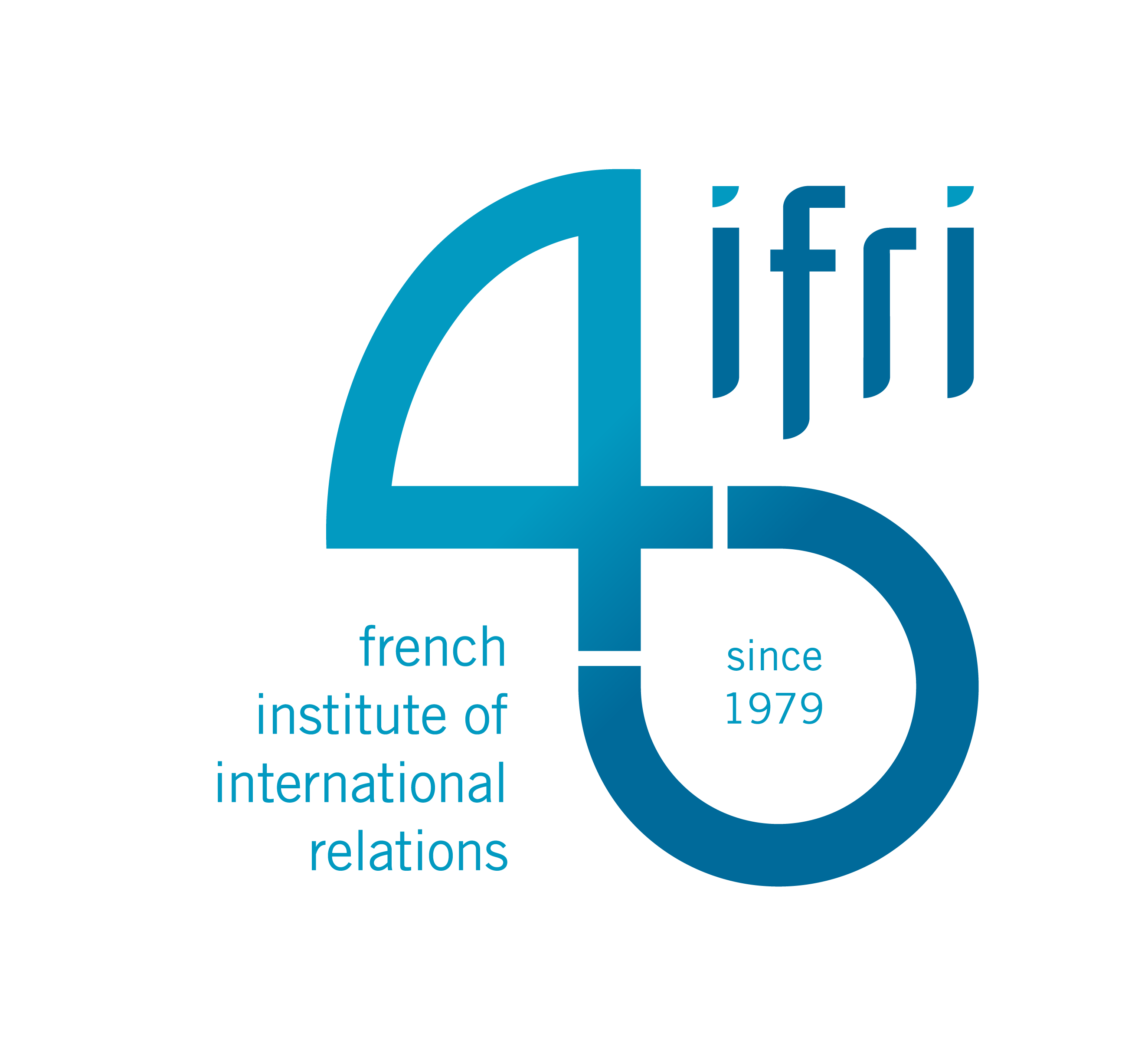This report analyzes the economic and geopolitical situation in Central Asia.
It explores the history of Western economic and political involvement in the region in the wake of the dissolution of the Soviet Union, and assesses Russian and Chinese current aspirations concerning the Central Asian states, as well as steps these two powers have taken to assert their influence. Concrete measures are proposed that could be taken to strengthen the Western presence in this crucial region, highlighting Central Asia’s potential to complement and at least partially replace Russia as the source of energy resources and commodities that Europe lacks due to the disrupted supply chains caused by the Kremlin’s war in Ukraine.
This report not only focuses on the commodity crunch incentivizing much of the contemporary engagement with Central Asia. It also outlines opportunities stemming from the introduction of sanctions against Russian businesses, emerging new transportation corridors and links in Eurasia that can complement or compete with China-led projects, the efforts of local governments to combat terrorism and extremism, and local economic and social reforms aimed at boosting human capital.
Addressing Central Asia is extremely timely since the region is undergoing a geopolitical and geoeconomic transformation at the same time as its powerful neighbors, Russia and China, are in relatively weak positions. While Russia is preoccupied with its war with Ukraine and China with its economic malaise, compounded by the relative failures of the first iteration of the Belt and Road Initiative, this is the time to comprehensively engage with Central Asia.
Read the full report at the original link.
About the author
Vladislav Inozemtsev is a Russian economist with a PhD in economics. He is the Director of the Center for Post-Industrial Studies, which he founded in 1996.


